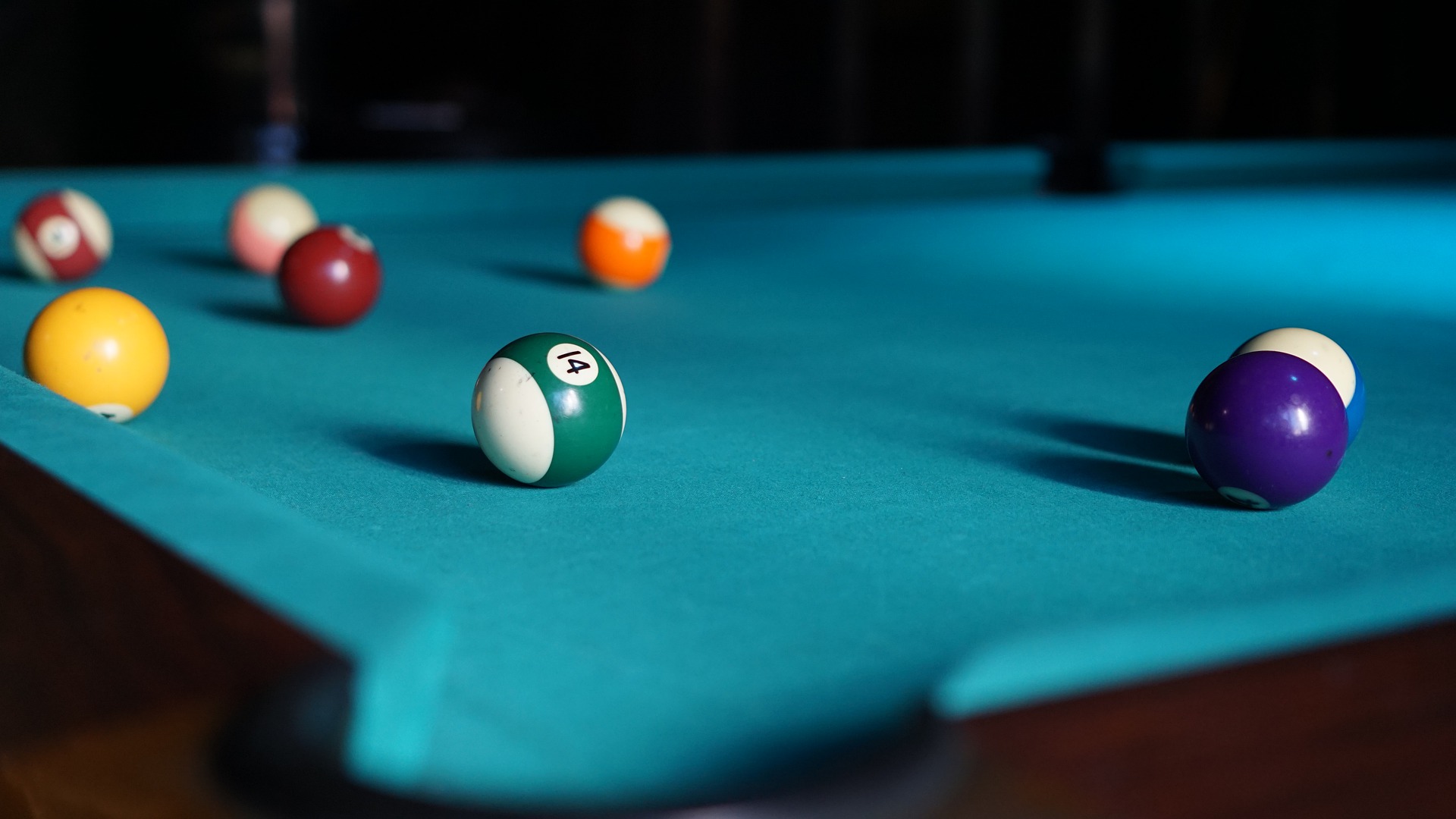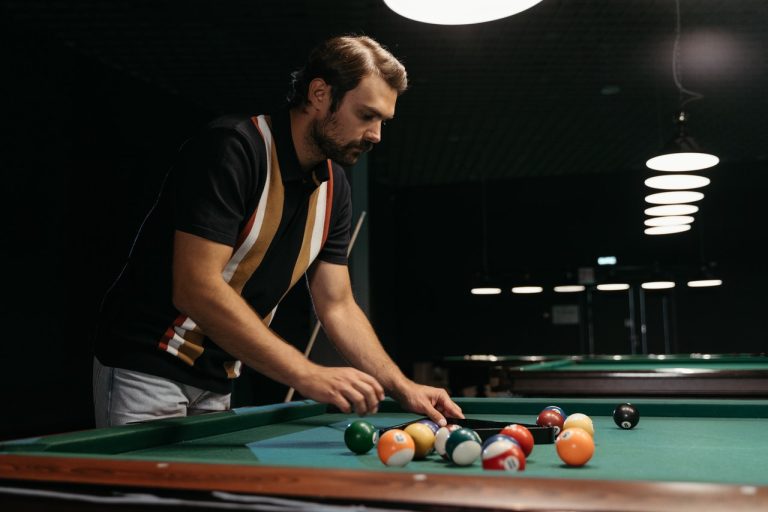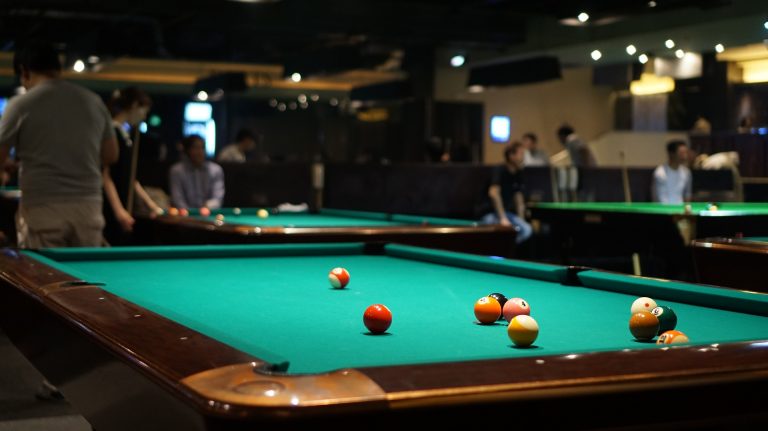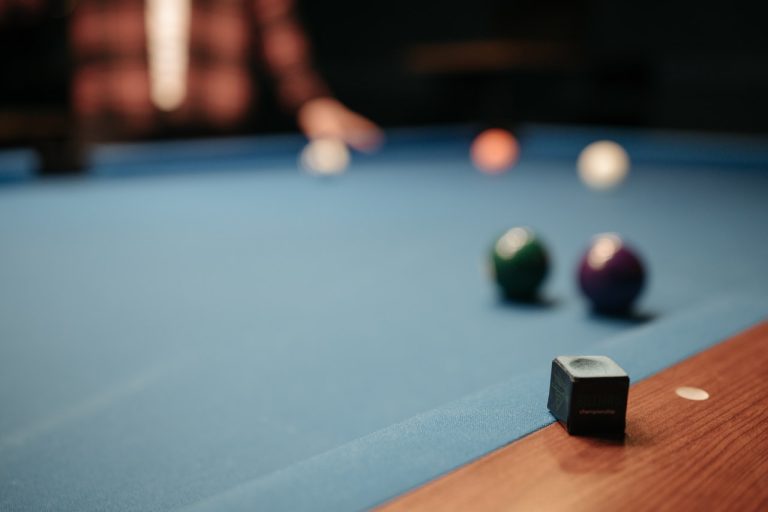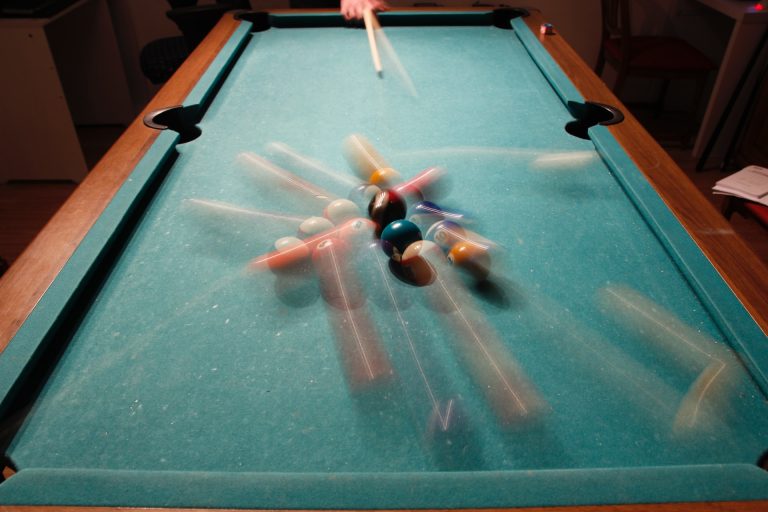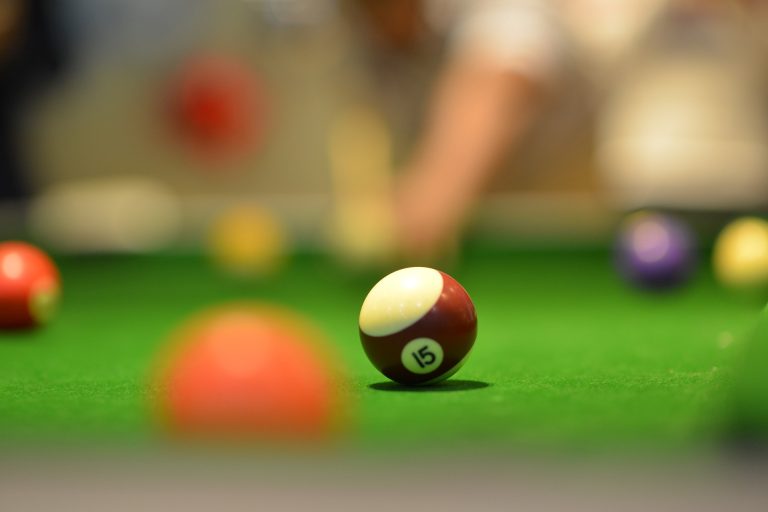How Does A Pool Table Know The Cue Ball?
If you’ve ever wondered how does a pool table know the cue ball, wonder no more!
In this blog post, we’ll take a look at how these tables are able to make this determination.
We’ll also explore some of the other considerations that come into play when designing and building a pool table.
So whether you’re a beginner or an experienced player, read on to learn more about the inner workings of your favorite game!
How pool table is designed for billiards?
There are a few important factors to consider when designing or choosing a pool table for billiards.
The first is the playing surface. It should be flat and level so that the balls roll smoothly.
The second is the size of the table. It should be large enough to accommodate the number of players, but not too large that it takes up too much space in the room.
The third factor is the type of material the table is made from. Pool tables can be made from wood, metal, or even glass.
The fourth factor is the weight of the table. A heavier table will be more stable and less likely to move around during play.
Finally, you will need to decide on the style of table you want.
There are many different styles of pool tables to choose from, so you should be able to find one that fits your taste and budget.
What is the concept of coin-operated ball return system?
Coin-operated ball return systems are a type of automated teller machine (ATM) that are commonly used in amusement parks, casinos, and other public venues.
These machines typically dispense balls that can be used to play a game or activity.
Once the balls are played with, they are returned to the machine through a chute.
The machine then tallies up the number of balls that were returned and awards points or prizes accordingly.
Coin-operated ball return systems can be a great way to provide entertainment for people of all ages.
They can also be used as a marketing tool to promote products or services.
For example, a company may choose to place one of these machines in their store order to attract attention from potential customers.
What are different types of cue ball?
Different types of cue balls include regular cue balls, hard cue balls, and soft cue balls. Each type of cue ball has its own set of characteristics that make it unique.
Regular cue balls are the most common type of cue ball used in pool. They are made from a hard plastic material and have a smooth surface.
Hard cue balls are also made from a hard plastic material, but they have a slightly textured surface. This makes them ideal for use in trick shots or when you need more control over the ball.
Soft cue balls are made from a softer material and have a rougher surface. This makes them ideal for use when you want the ball to bounce more or for use in shots that require more spin.
What is the material of pool cue ball?
Pool cue balls are made of a type of ivory called balata. This is a natural rubber that comes from the tree Strychnos toxifera.
The tree is found in Brazil, Venezuela and other parts of South America. The rubber is collected and processed into cue balls.
| Don’t Miss This: How Long Is A Pool Cue? |
How does a pool table know the cue ball?
A pool table typically has a white cue ball and a set of numbered balls. The cue ball is the one that you hit with your cue to shoot other balls.
The other balls are placed in specific positions on the table and then you shoot them into different pockets around the edge of the table.
How does a pool table know which ball to hit? There is actually a little device on the bottom of the cue ball that tells the table which one to hit.
This device is called a magnet and it interacts with another magnet on the bottom of the target ball.
When you hit the cue ball, it moves towards the target ball and when they collide, the magnets send out an electric pulse that tells the table which pocket to send the ball to.
Conclusion
Pool tables are designed for the game of billiards, which is played with cue sticks and balls. The table has a series of pockets along the edges that players attempt to hit their balls into.
There is also a ball return system that collects all of the balls off the table at the end of each turn. Cue balls can be made from different materials, but they are typically constructed from ivory, plastic, or phenolic resin.
Some tables have electronic sensors embedded in them that can detect when a cue ball makes contact with another ball on the playing surface.
This information is used by software algorithms to determine how much spin was put on the cue ball and then adjust the trajectory of other balls accordingly.

I’m Maverick and I love playing pool games with my friends. I found myself struggling for proper guidance playing this game and selecting good quality equipment for it. I, then, decided to create this blog to guide pool enthusiasts to get right information and start enjoying their game.

